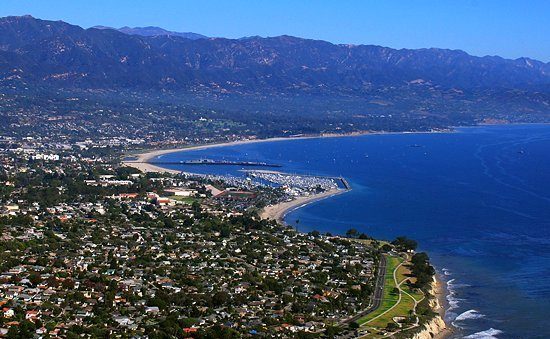To the Hon. Melinda A. Johnson (Ret.), Hon. Abraham Khan (Ret.), Hon. Elizabeth Allen White (Ret.):
As the City of Santa Barbara initiates the public hearing process regarding updating its six council district boundaries, we are writing this letter to explain the circumstances the City Council faced and our intent during the 2015 settlement process. We hope that providing some historical context and institutional memory will help inform the Redistricting Commission and the public as they develop and adopt a new district map that will be in effect for the next decade.
As is well known, in 2015, the City of Santa Barbara was sued by local plaintiffs under the California Voting Rights Act. The City Council determined there was little hope of success challenging the lawsuit in court, and thus entered into a settlement agreement with the plaintiffs.
The settlement changed the way voters elected our six City Councilmembers from an at-large system to one by district. To the core issue of the settlement agreement, two of the newly formed districts became Latino “majority minority” districts: District 1 on the Eastside and District 3 on the Westside. We understand that to the greatest extent possible the current redistricting process will ensure that District 1 and District 3 will remain Latino majority districts when the new map is adopted.
What may be less well remembered are some of the other elements that were very important to the plaintiffs, the public, and the City Council.
First, was the intent to create a process that was as transparent as possible. Even though creating new districts was part of a legal settlement, the City Council also wanted to engage the public in a strong community-wide effort as these changes would significantly alter how voters elect their local representatives. The City Council kicked off the public input process with a hearing at the Faulkner Gallery at the main library with over 100 attendees, providing information on how to understand the demographic data and use the online mapping tool.
According to the March 24, 2015, council agenda report, more that 135 members of the public created user accounts for the online tool and the city received 16 alternative maps in addition to the three drafts created by a demographic consultant. Those maps were presented at a second public hearing for review and comments, and from that meeting, the City Council finalized the map, with the approval of the plaintiffs in the legal settlement.
Also noteworthy was how the plaintiffs, the public and the City Council all came to a consensus that State Street should have representation from as many council members as possible. It is not by accident that State Street is bordered by all six districts: four districts in the downtown area (Districts 1, 2, 3, and 6) and by two districts on Upper State Street (Districts 4 and 5). As State Street is the major economic and cultural engine of the City of Santa Barbara, we all agreed that each councilmember should be accountable to a portion of the constituents in that area.
The same approach was also considered with the waterfront. With only four of the six districts bordering the coastline, it became too difficult for the more land-based District 3 or District 6 to have an area at the waterfront without breaking up other communities of interest.
Finally, both the public testimony and City Council’s review indicated that communities of interest should include contiguous or adjacent residential and commercial areas, in addition to State Street. Thus, District 1 includes the Milpas Corridor; District 2 includes the Meigs/Cliff Drive intersection; District 3 includes the San Andres/Micheltorena area; District 4 includes Coast Village Road; District 5 includes Upper De La Vina and the Airport; and District 6 includes Mission/De la Vina area and Cottage Hospital.
We continue to hear comments on how this significant change in electing our City Councilmembers has impacted local government. Regardless of one’s opinion on that matter, we believe we should acknowledge and honor the significant public process that took place in creating the first district map in 2015, in accordance with the legal settlement. Please keep the historical context, community input and our intentions in mind this year when reviewing and adopting the next district map.
Helene Schneider was Santa Barbara mayor 2010-2018; Dale Francisco was a city councilmember 2008-2016, as was Harwood Bendy White from 2010 to 2018.

